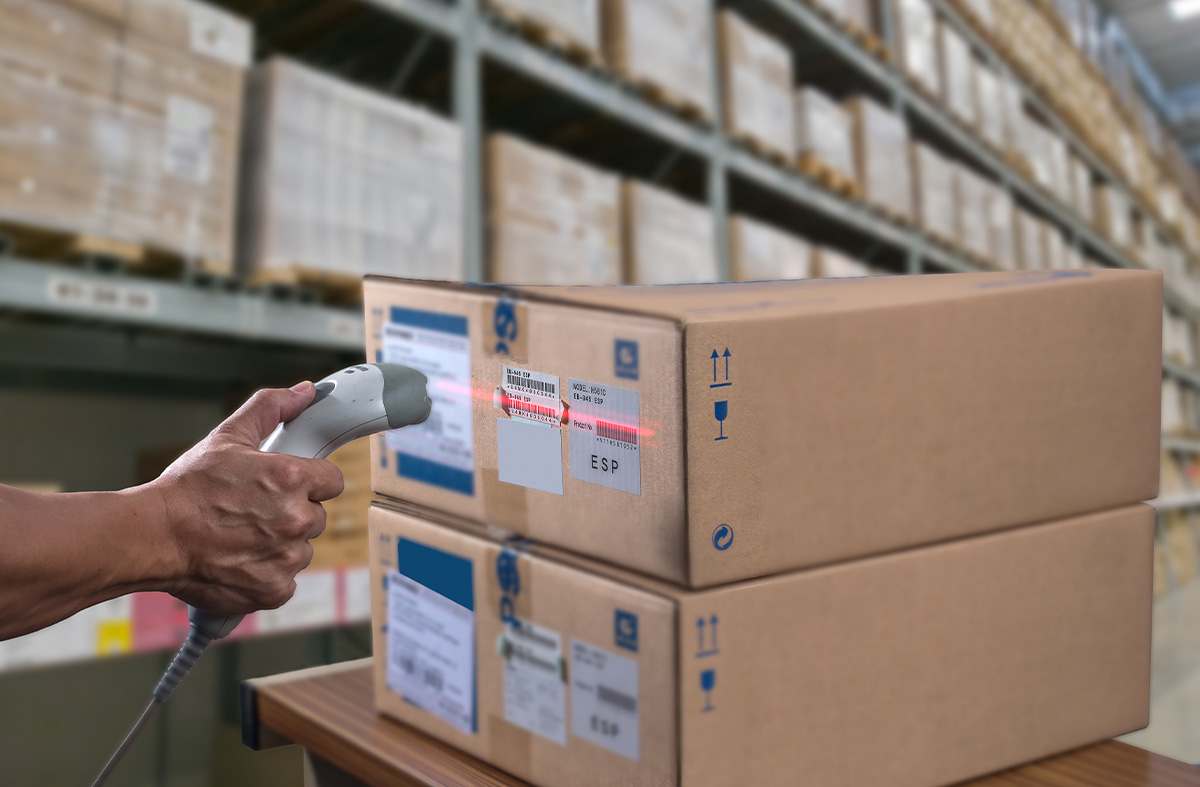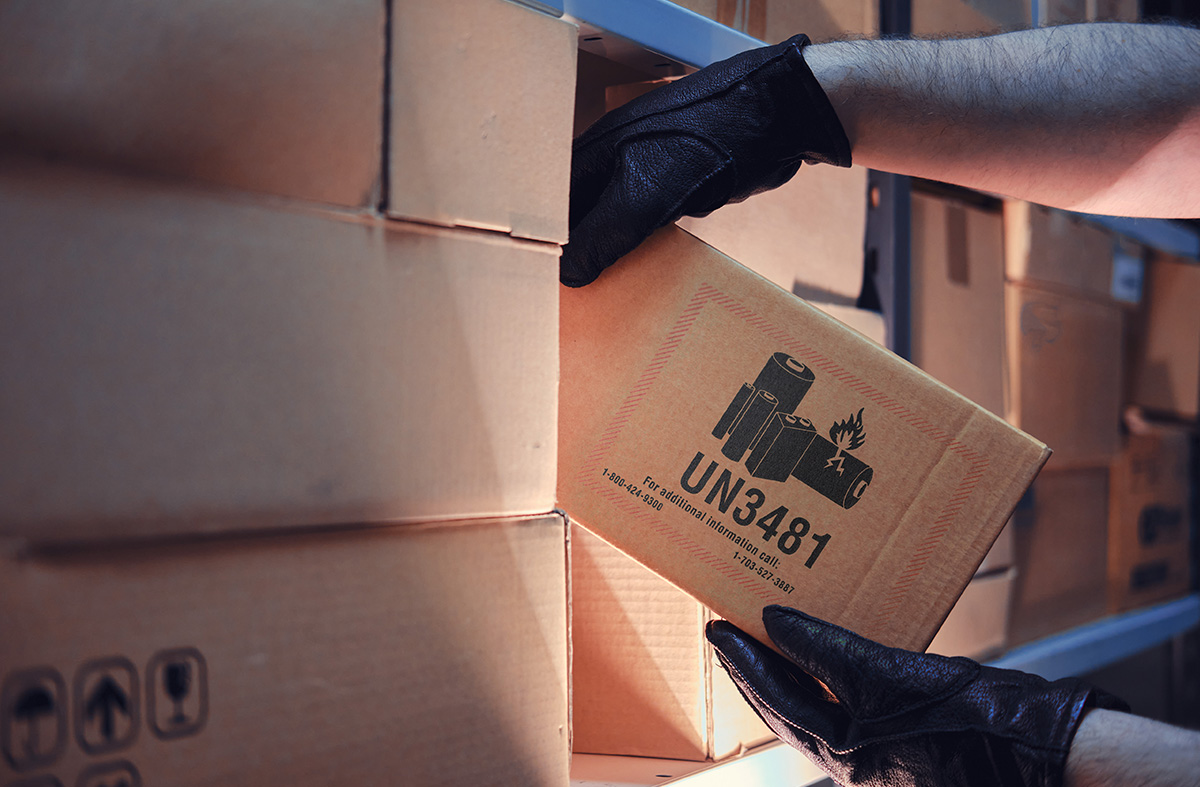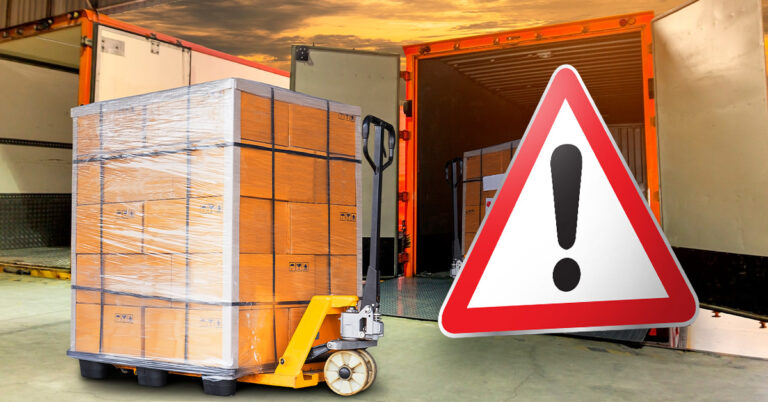There are a lot of moving parts when it comes to logistics. Compliance in freight shipping is absolutely vital to customer satisfaction and business success – not to mention steering clear of legal troubles.
When shipping goods across state and international borders, in various forms of transport, there’s a lot to keep track of. That means there’s also inevitably a lot of regulatory requirements to consider.
So, what is shipping compliance and what’s at stake if it’s not properly upheld?
Table of Contents:
- Who’s responsible for freight compliance?
- What are the key regulations in freight shipping?
- Hazardous materials regulations
- Compliance challenges in freight shipping
- Best practices for compliance
Who’s responsible for freight compliance?
Freight shipping is essentially a relay that relies on trust, efficiency, and transparency between multiple parties.
Responsibility for freight compliance doesn’t only lie with the carriers who physically load, unload, and transport the goods. Responsibility is also shared with those who consign and pack the items – ie. business owners. To ensure regulatory compliance as well as customer satisfaction, it’s crucial for businesses and carriers to build strong relationships.
Learn more about MachShip’s carrier integrations.

Freight’s Chain of Responsibility
The chain of responsibility (CoR) is a term you’ll see mentioned in a lot of regulatory guidance. The National Heavy Vehicle Regulator in Australia (NHVR) amended the law in 2018 so that any party involved in heavy vehicle transport has a responsibility to ensure safe transport activity and practices when moving goods.
In other words, the driver of a freight vehicle is just one link in a much bigger chain of accountability. Parties in the chain of responsibility for road freight and heavy vehicle transport include:
- An employer of a driver
- A contractor for a vehicle if the driver of the vehicle is self-employed
- An operator of the vehicle
- A scheduler for the vehicle
- A loading manager for any goods in the vehicle
- A loader and/or unloader of any goods in the vehicle
- A consignor of any goods for transport by the vehicle
- A consignee of any goods in the vehicle
What are the potential breaches & penalties?
The NHVR laws have increased powers of investigation and broadened the scope for authorised officers to gather information. Investigators now have the authority to make more thorough enquiries of third-party practices. An incident or event is no longer the catalyst for an investigation. Much like Workcover, inspectors now have the authority to inspect at any time.
In terms of what constitutes a breach, CoR compliance applies to things like dimensions, loading, vehicle speed, driver fatigue, vehicle condition and maintenance.
Breaches of CoR primary duty carry big penalties. Depending on the severity of the breach, penalties for individuals can be up to $300,000 and five-years imprisonment. The penalty for businesses can be up to $3 million.
For up-to-date details on CoR regulations and penalties, please refer to the NHVR website.
What are the key risks & regulations in freight shipping?
It’s worth noting that freight regulations are extremely lengthy documents that are nearly impossible for any individual to keep up with. However, a comprehensive freight management platform will be able to automate a lot of the processes around labelling and filtering for suitable modes of transport.
For business owners:
- Packing & labelling – Ensure goods are packed securely and labelled as ‘heavy’, ‘fragile’, and/or ‘hazardous’ as appropriate. Address information should also be clear and accurate, ensuring consignments can reach their destination and be traced or returned if required.
To avoid human error and oversight, it’s beneficial to have an automated freight management platform that can automatically create consignments, providing labels compliant with each carrier’s freight specs, while pulling tracking information for visibility.To avoid human error and oversight, it’s beneficial to have an automated freight management platform that can automatically create consignments, providing labels compliant with each carrier’s freight specs, while pulling tracking information for visibility.
How to choose a great freight management system for your business.

Dangerous goods – Hazardous materials may include things like corrosive or flammable materials like petrol or acid, volatile gases, or explosives.
Dangerous goods are classified by a UN (or ADG) code that categorises the nature of the potential risk they pose. Lithium ion batteries, for example, have a UN code of 3480. This dictates what each item can and cannot travel with.
Again, this can be a lot to keep track of. It’s a huge help to use a platform that’s up to date with dangerous goods legislation, including the full suite of UN codes and packaging classes, and relevant dangerous goods paperwork to help you consign any item safely and easily.
For freight carriers:
Once consignments have been picked up by the carrier, things are largely out of the hands of the sender. However, it remains part of your chain of responsibility. Therefore, you need to know your carriers are reliable and put measures in place to ensure compliance during their leg of the chain.
A lot of these risks, including unbalanced loading, inadequate load restraint, and safe unloading, revolves around proper loading of items in vehicles. In other words, making sure that packages are stacked securely, in a way that won’t damage items during the journey, or cause injury to anyone unloading items at the other end.
Hazardous materials regulations
Dangerous goods are an important consideration when moving goods from A to B. As with most freight regulations, they vary from state to state. And they’re lengthy documents to review, making it all the more valuable to be using a system that can automate dangerous goods compliance, and flag any potential issues that need to be actioned prior to consignment.
It’s extremely important to comply with dangerous goods regulations, including proper classification, packaging, labelling, and documentation of hazardous materials. Doing so will minimise risk to your products, your customers, and to your business from a legal standpoint – saving you substantial amounts of time and money, not to mention preserving your legitimacy as a business.

Compliance with dangerous goods regulations may include checking the following:
- an item’s shipping label
- its transport documents
- the product’s safety data sheet
- whether it’s listed in the dangerous goods list in the ADG Code
- testing products to the classification criteria of the ADG Code or UN Manual of Tests and Criteria
Review Dangerous Goods Transport Legislation for each state & territory here.
Compliance challenges in freight shipping
Cross-border regulations
Laws and compliance requirements vary by jurisdiction, even within the same country from state to state. Even within a particular region, regulations are subject to change over time.
Customs regulations
If you’ve had to source materials from overseas – or ever spoken to overseas travellers – you’ll know that Australian customs laws are relatively strict. Being an island nation, the government is very protective and particular when it comes to bringing certain items (particularly food or organic material) into the country.
There are also considerations when it comes to packaging and labelling. For example, if a package bound for Australia is labelled in the language of its country of origin, it may struggle to complete the final leg of its journey if Australian handlers are unable to understand what it is or where it’s meant to be going.
Labelling requirements for goods entering Australia.
Best practices for ensuring freight compliance
Given the complexity and sheer volume of freight shipping these days, it’s crucial to have a freight management system that can support you in maintaining compliance, automating as many steps as possible along the way.
Conduct regular audits of your freight processes
Keep tabs on carrier performance as well as your own in-house processes to ensure you’re keeping up with the latest freight shipping regulations. When legislation changes, consider ways that your business could be better equipped to handle it.
Employee training
Ensure that key employees are across important regulations and processes so that nothing slips through the net. It only takes one or two setbacks to undermine customer confidence or tie you up in legal proceedings and potential sanctions.
Utilise technology & automation
As mentioned above, the freight compliance rabbit-hole is a deep one. Poring over the fine print is enough to test anyone’s sanity, let alone patience. To ensure your freight shipping pipeline remains streamlined and efficient, get a freight management platform purpose-built for your business to do the hard yards for you when it comes to compliance.
MachShip offers a comprehensive range of features including complete freight management, seamless integration of existing technology systems, and dangerous goods compliance capabilities.

